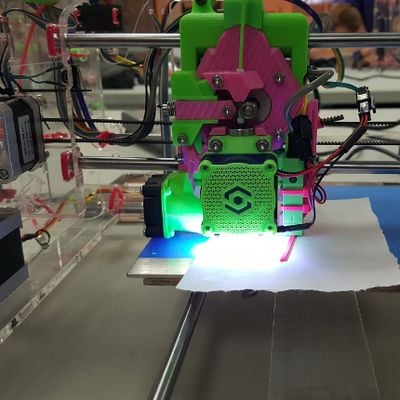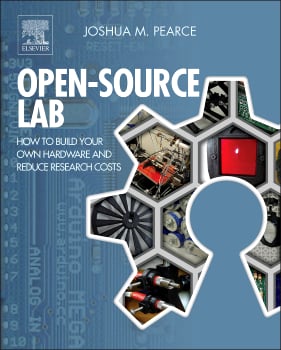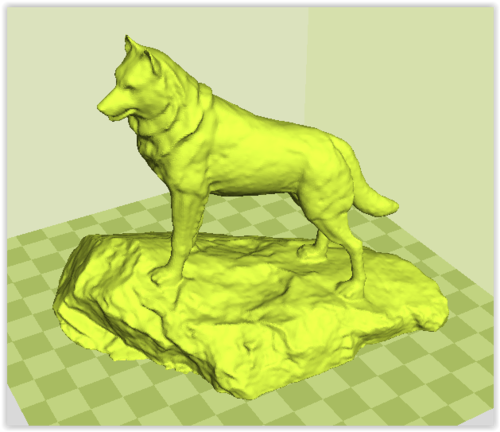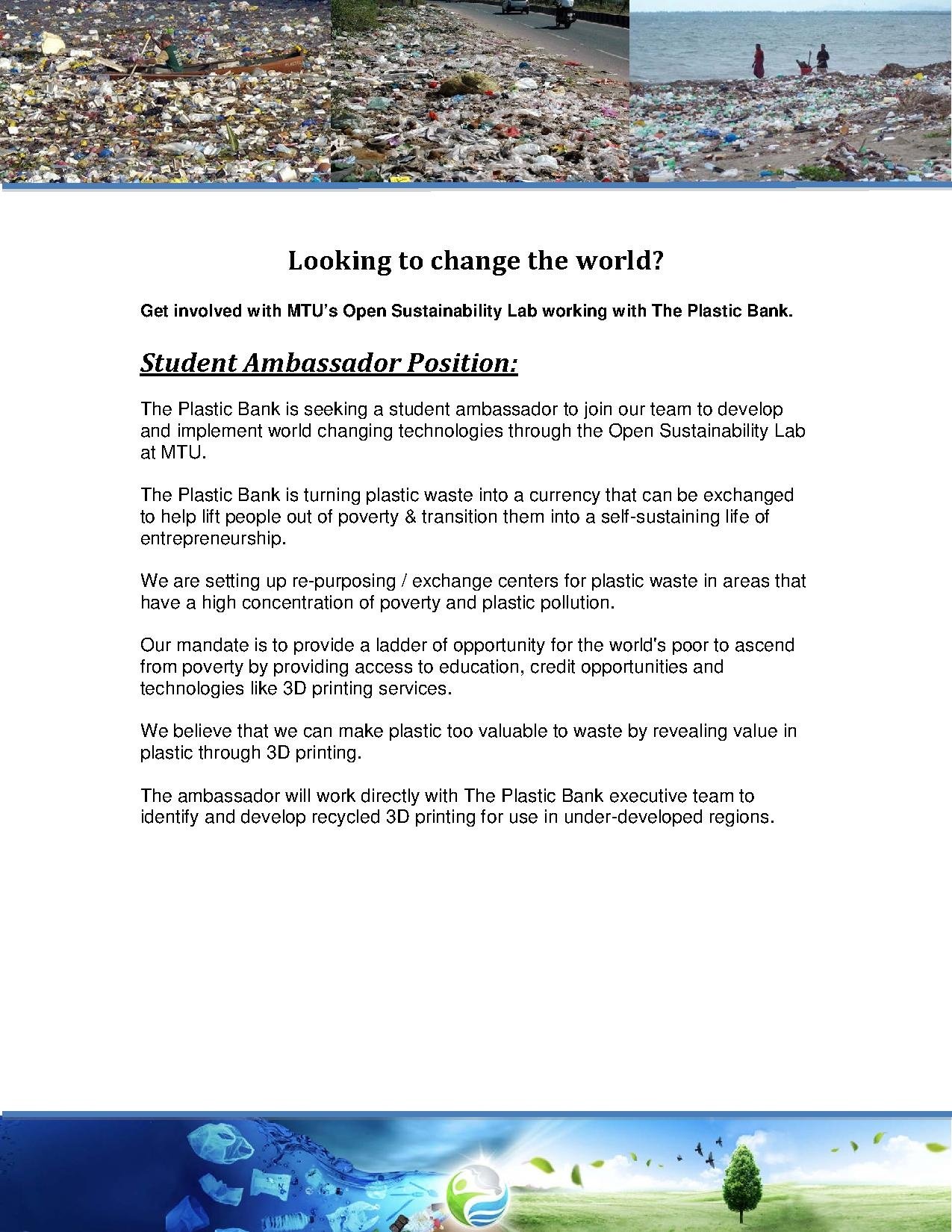MarieFarson (talk | contribs) No edit summary |
MarieFarson (talk | contribs) |
||
| (3 intermediate revisions by the same user not shown) | |||
| Line 333: | Line 333: | ||
==='''Learning Outcomes'''=== | ==='''Learning Outcomes'''=== | ||
CWLO 1 | |||
Demonstrate a depth and breadth of knowledge | |||
CWLO 2 | |||
Demonstrate critical and generative thinking | |||
CWLO 3 | |||
Demonstrate the ability to communicate effectively | |||
CWLO 4 | |||
Be intentional learners | |||
CWLO 5 | |||
Be effective members of communities | |||
CWLO 6 | |||
Act on the basis of Principle | |||
GESL LO 1 | |||
Demonstrate scientific literacy | |||
GESL LO 2 | |||
Demonstrate competence in at least one of the criteria below relating to the scientific method: | |||
GESL LO 2a | |||
observing, collecting and analyzing data from natural properties or processes using data collected in the field or laboratory in order to arrive at a conclusion that better explains the properties or processes examined | |||
GESL LO 2b | |||
using experimental methods to investigate the relationship(s) between two or more variables when at least one of those variables can be intentionally controlled or manipulated. | |||
[[Category:Principia]] | [[Category:Principia]] | ||
[[Category:]] | [[Category:]] | ||
[[Category:]] | [[Category:]] | ||
Revision as of 22:16, 28 October 2016
3D Printing Technology

(Spring 2017)
- 8:00 am - 10:40 am,
- Science Center 107
- Jan 23, 2016 - May 12, 2017
Instructor: User:Marie Farson
Why 3-D Printing? A recent report from data company Wanted Analytics found that in one month 35 percent of engineering job listings from a variety of fields, including biomedical, software, and transportation industries, required applicants familiar with 3-D printing.[1] Forbes explains why 3D printing is such a big deal.
Why open source? You will make more money, because OS is more valuable. Recent analysis shows that jobs with the keywords "Microsoft Windows" have an average salary of $64,000, while jobs with the keyword "Linux" have an average salary of $99,000. [2]
Course Description
This course provides an overview of open-source hardware in theory and practice for an introduction to distributed additive manufacturing using open-source 3-D printing. The course will explore the initial design and further development of open-source instrumentation as it relates to the build of a RepRap form of 3D printer. Each student will build a customized 3D printer and will learn all hardware, firmware and software for operating it. The printer will then be used in the completion of a series of projects in the students' field of interest.
Learning Outcomes
1. To demonstrate a depth and breadth of knowledge about open source hardware and software, especially as it relates to 3D printing technologies (CWLO 1)
2. To develop critical thinking & synthesis skills through labs on structural analysis, vibration theory, tensioning and software development (CWLO 2)
3. To develop critical thinking skills through the trouble shooting process involved in hardware development (CWLO 2)
4. To demonstrate effective communication skills in developing well documented software code (CWLO 3) (GESL 1)
5. Practice scientific skills such as data sampling, measuring, and analysis to determine the effect of various design configurations on print quality and resolution during vibration and tensioning experiments (CWLO LO 2b)
6. Explore the trade-offs between print speed and resolution as each of these is intentionally controlled in software (CWLO LO 2b)
Credits: 4.0 SH GESL
Required Course Material

There is a $100 lab fee for this course. This fee will be used to purchase expendable materials for you to use during the course. You also have the option of buying a set of hardware components totaling about $500 at the bookstore to use for your build. If you use your own components, then at the end of the course you keep the printer you built in the course. The printer will be similar to the image above, but the design is constantly evolving.
Textbook: J.M. Pearce, The Open-Source Lab (Elsevier,2014). Other reading will be handouts in class, on-line reading, and emailed pdfs. See hyperlinks in schedule.
Course Organization
This course will be run as a lab course with lectures. Students will be expected to read the course material before class and actively participate in discussions. The majority of class time will be spent on labs and projects. Each student will be responsible for building a RepRap Jellybox 3-D printer to use to complete the projects. Students will be responsible for giving short presentations on their projects on each sub-topic in front of the class at the end of the semester.
Grading Policy
Grades will be based on the following:
| RepRap build | 100 |
| MinniMech Project | 100 |
| Viking Project | 100 |
| Science Equipment Project | 250 |
| OSAT Project | 250 |
| Big Money Project or Science Equipment Advanced | 200 |
| Total Points | 1000 |
Late Assignments
Deduct 10% per day, up to 5 working days, then 0 grade. Only exception is for excused absences. (Being on the IN list is NOT adequate for excused absence. Missed projects will result in a zero for the assigned work.
Course Policies
Appropriate behavior, attendance, participation and collaboration with your peers on group assignments is expected. All assignments are to be completed by the beginning of class on the due date even if you are IN, unless you make other arrangements with me at least 24 hours in advance. Collaboration/Plagiarism Rules Students are strongly encouraged to learn while helping fellow students learn. Collaboration is encouraged on the group project but individual projects and exams must be completed alone.
Academic Integrity
A Principian is expected to pursue a life of integrity (see the Principia Pledge and the Principia Community Commitment.) There fore academic honesty is essential to a Principia College education. Academic regulations and procedures are governed by University policy (see Principia College Catalog 2016-2017). Any act of academic dishonesty will result in a failing grade for the class.
Course Schedule
Please Note: Readings will be updated periodically before we get to the module.
| Date | Class | Class description | Assignment |
|---|---|---|---|
| 1/24 | 1 | Intro to class, big money and build assigned | Syllabus, Schedule, M0.1 |
| 1/26 | 2 | Get kits -Start Building Your 3D Printer! | Bring bags/boxes for large part and a sealed container for small parts. Safety, Start building, M0.2 |
| 1/28 | Bonus! 9:00 - 16:55 | Help Building Your 3D Printer! | Bring everything. Solder stations, epoxy stations available, M0.2 |
| 1/31 | 3 | RepRap software chain | M0.3,M0.4 |
| 2/2 | 4 | OSH definitions, development, business | M1.1 |
| 2/7 | 5 | OS licenses, legal discussion | M1.2 |
| 2/9 | 6 | Arduino | M1.3, Campus Battle |
| 2/14 | 7 | RepRap show and tell (monster build) | RepRap built, BRING IT TO CLASS |
| 2/16 | 8 | RepRap community, Printing tricks, Intro to wiki- Appropedia | M2.1-3, Create and populate Appropedia user page |
| 2/21 | 9 | Mechanical properties of 3-D printed parts | M3.0 MY4777 MiniMech project assigned |
| 2/23 | 10 | Blender Tutorial/in class micro project lamp shade | M3.2, M0.4 |
| 2/28 | 11 | FreeCAD Tutorial/in class micro project lens cover | M3.3, M3.4 |
| 3/2 | 12 | OpenSCAD Tutorial/ in class micro project rock wall hold using this bolt | M3.3, M3.4, MiniMech project due |
| 3/7 | 13 | Mashup | Mashup Viking décor project assigned, M3.5 |
| 3/9 | 14 | Mashup project | |
| 3/14 | 15 | Mashup show and tell | Viking project due |
| 3/16 | 16 | OS scientific hardware – lab partners | M4.1, M4.2, 777 OSH Science project 2017 assigned |
| 3/21 | No School Spring Break | ||
| 3/23 | No School Spring Break | ||
| 3/28 | 17 | Science Teams | Post lab partners-projects, M4.3 |
| 3/30 | 18 | Science Teams (no class - meet in lab) | No class - meet in lab |
| 4/4 | 19 | Science Teams | Science prototype due (online post) |
| 4/6 | 20 | Test prototype, revise, trouble shoot | Graduate students - choose project and list it on MOST Delta mods or Automated 3D printable scientific equipment |
| 4/11 | 21 | Science Show and Tell | Science revisions due, with data posted NIH/Github/Appropedia Gallery |
| 4/13 | 22 | Open source appropriate technology | 777 OSAT projects 2015 M5.1 |
| 4/18 | 23 | OSAT project | OSAT project chosen, M5.2 |
| 4/20 | 24 | OSAT Project/Big Money Project-Sci+ | 777 Big Money Project Assigned |
| 4/25 | 25 | Inventive thinking/OSAT Project/ Big Money Project-Sci+ | category:4777 TRIZ 3D printers |
| 4/27 | 26 | Inventive thinking/OSAT Project/ Big Money Project-Sci+ | M6.1 File:Husky statue.stl Open Source.com TAZ mini giveaway |
| 5/2 | 27 | OSAT Show and Tell | OSAT final due |
| 5/4 | 28 | Last day – The Future, Money Project-Sci+ | |
| 5/8 or 5/9 | FINAL EXAM | All Projects Show and Tell | Money Project Due |
Readings and Media
OSL= Open-Source Lab textbook
Module 0: RepRap Build
- Watch RepRap video, The RepRap project- Ranellucci
RepRap build OSL Chap. 5,Delta Build Overview:MOST, Athena_Build_Overview, Need help go here https://groups.google.com/a/mtu.edu/forum/?hl=en#!forum/most-delta-users-l then use email: most-delta-users-l@mtu.edu- Software - Delta Software:MOST(old), Slicers RepRap Magazine 1, Slic3r, Cura,RepRapPro Slicer, tweak AtoZ Cura plugin, Matter Control
- Printer controllers - Printrun, Franklin -- How to Install Franklin on your 777 printer, Franklin use video, Using Franklin (long), Hacking Franklin
Module 1: Introduction to OSH
- OSL Chap. 2 OSH Introduction, Cathedral and Bazaar, Microsoft OSH, OSH intro video, TEDxBoulder - Nathan Seidle (Sparfun)- How Open Hardware will Take Over the World, Lulzbot factory tour and discussion of OSH business by Jeff Moe, The Law of Accelerating Returns by Ray Kurzweil, Do Makers Propose a More Open Source Future? - Idea Channel, PBS Digital Studios, 2015 the Year OSS went nuclear, Can Open-Sourcing Transform Electronics Hardware?
- OSL Chap. 3 OS License OS License, Creative Commons copyright licenses, OS software for GNU-Linux, The Future of 3D Printing: Smarter IP Strategies, Less Lawsuits
- OSL Chap. 4 OS microcontrollers Arduino Tutorials , Makershed comparison, Jeremy Blum TED talk, Nathan Seidle- SparkFun
Module 2: Community
- RepRap IRC, RepRap Forums, RepRap Groups
- Arduino Forum, Arduino google group
- Free and open repositories of designs, http://www.yeggi.com/ http://www.stlfinder.com/
- Tricks: support, raft, parts, orientation, fill, slicer choice, pictorial guide to problems,pictorial guide to reprap print trouble shooting, calibration photos, RichRap Slic3r is Nicer, living hinges
- Appropedia, 777 demo page
Module 3: Open source CAD
- Mech strength: Mechanical Properties of Components Fabricated with Open-Source 3-D Printers Under Realistic Environmental Conditions, The Effects of PLA Color on Material Properties of 3-D Printed Components, preprint for all materials
- OpenSCAD, OpenSCAD manual, OpenSCAD for 3D Printing Kindle Edition, MOST SCAD Libraries on Github, Object oriented OpenSCAD, RapCAD
- Blender, Using Blender to Model for 3-D printing, 2D to 3D in Blender, Creating 3D models for printing with Blender: Advanced tips
- FreeCAD, Bram de Vries FreeCAD video tutorials Using OpenSCAD tricks in FreeCAD
- Tricks - Multicolor, A few ways to strengthen 3D printed parts, 3D print from McMaster-Carr, 3DHubs - how to optimize design for FFF
- Converting 2D images to 3D for printing using open source software, Images to OpenSCAD Via Inkscape, Celtic Knot SCAD, Bezier curves and knots script for Blender
- MOST Delta mods - see also: Github MTU-MOST repositories, Open-source syringe pump, Open-source metal 3-D printer, MOST mods (incomplete but getting there), another approach to PCB design
- Open Source Photogrammetry, Open source 3D scanners
Module 4: OS Science
- OSL Chap. 1 examples 3D printable science equipment, Tekla Lab requests
- OSL Chap. 5
- OSL Chap. 6
- OSL Chap. 7
Module 5: OSAT
- Case for Open Source Appropriate Technology, 3-D Printing of Open Source Appropriate Technologies for Self-Directed Sustainable Development, Open source 3-D printing of OSAT, How 3D Printers Are Boosting Off-The-Grid, Underdeveloped Communities - MotherBoard
- Recyclebot, Open Source Ecology TED talk
Other
- The Economist-- A third industrial revolution, Where we go from here - types of OS3DP Open-source metal 3-D printer

Other good watching: First International Workshop on "Low-cost 3D Printing for Science, Education and Sustainable Development, 25. Hopes and Fears, 27. Open Hardware and Arduino, 31. Prehistoric Collections: Digitizing the Leaky collection and interesting perspectives on digital rights and proprietary museum collections, 33. Bringing a CAD model into a physical object: Ranelucci video, 54. The future of 3D printing: Another Ranelucci video.
Contests
- 2017 Direct Digital Manufacturing Design Competition! This Year’s Theme: Mobility Innovation [3] -- Entries must submitted on or before 12 a.m. EDT March 13, 2017, to be considered. The top designs in each academic level and category will be recognized during RAPID + TCT, May 8-11, 2017, in Pittsburgh.
Jobs
- Plastic Bank Internships See:

- Re:3D Internship http://www.re3d.org/careers/
- CNC Router Parts Internship http://www.cncrouterparts.com/
- Aleph Objects (Lulzbot) positions https://www.lulzbot.com/company/job-opportunities
- Shapeways positions http://www.shapeways.com/jobs
- Open Source Ecology Internships http://opensourceecology.org/wiki/Students
- Smithsonian jobs https://www.usajobs.gov/GetJob/ViewDetails/410981300
- http://www.3d-printing-jobs.com/
- OSHWA now 501c3 http://www.oshwa.org/individual-membership/
- 3D hubs campus ambassador
- Humanitarian Makers on Linked In
- www.scarlettinc.com
Learning Outcomes
CWLO 1 Demonstrate a depth and breadth of knowledge
CWLO 2 Demonstrate critical and generative thinking
CWLO 3 Demonstrate the ability to communicate effectively
CWLO 4 Be intentional learners
CWLO 5 Be effective members of communities
CWLO 6 Act on the basis of Principle
GESL LO 1 Demonstrate scientific literacy
GESL LO 2 Demonstrate competence in at least one of the criteria below relating to the scientific method:
GESL LO 2a observing, collecting and analyzing data from natural properties or processes using data collected in the field or laboratory in order to arrive at a conclusion that better explains the properties or processes examined
GESL LO 2b using experimental methods to investigate the relationship(s) between two or more variables when at least one of those variables can be intentionally controlled or manipulated.
[[Category:]]
[[Category:]]